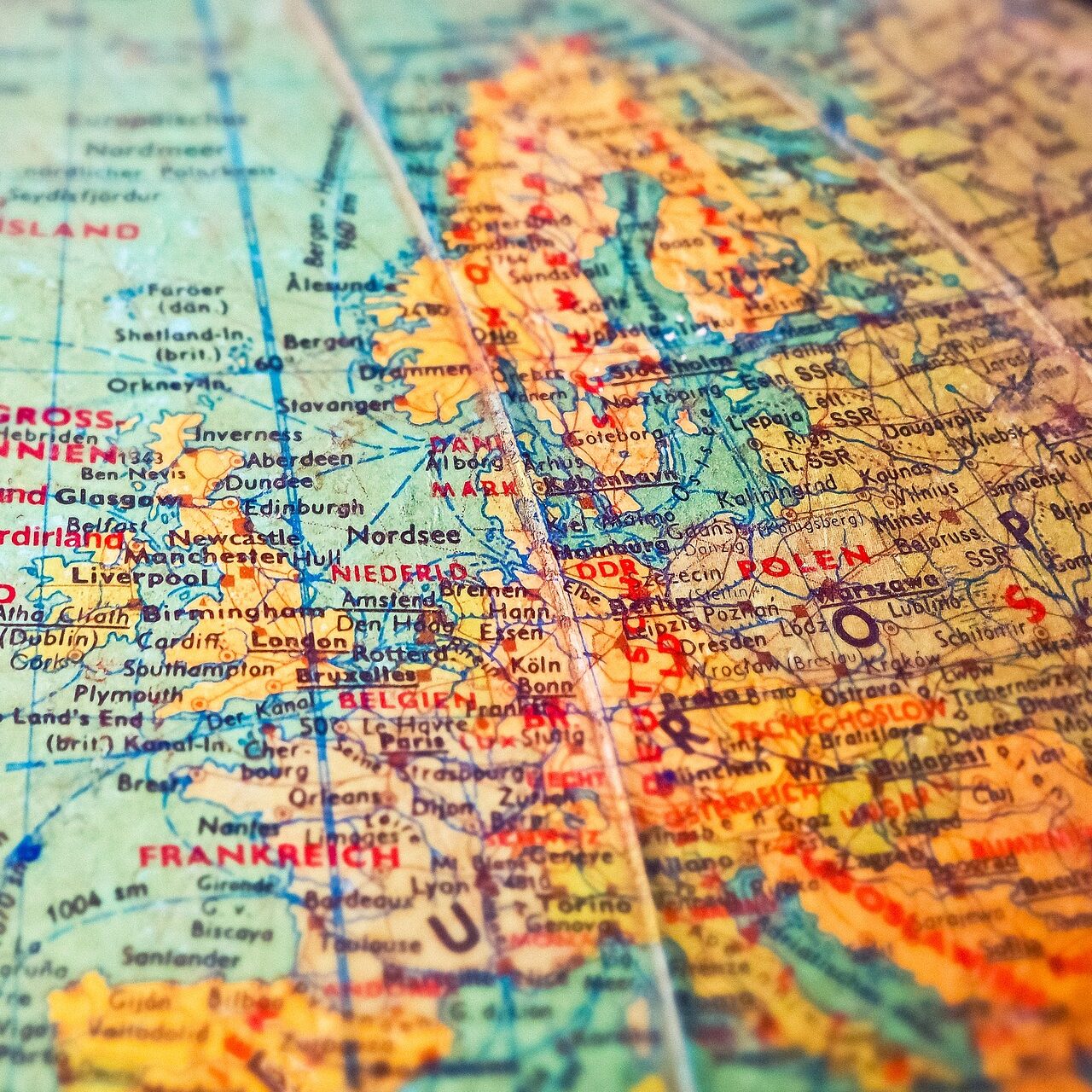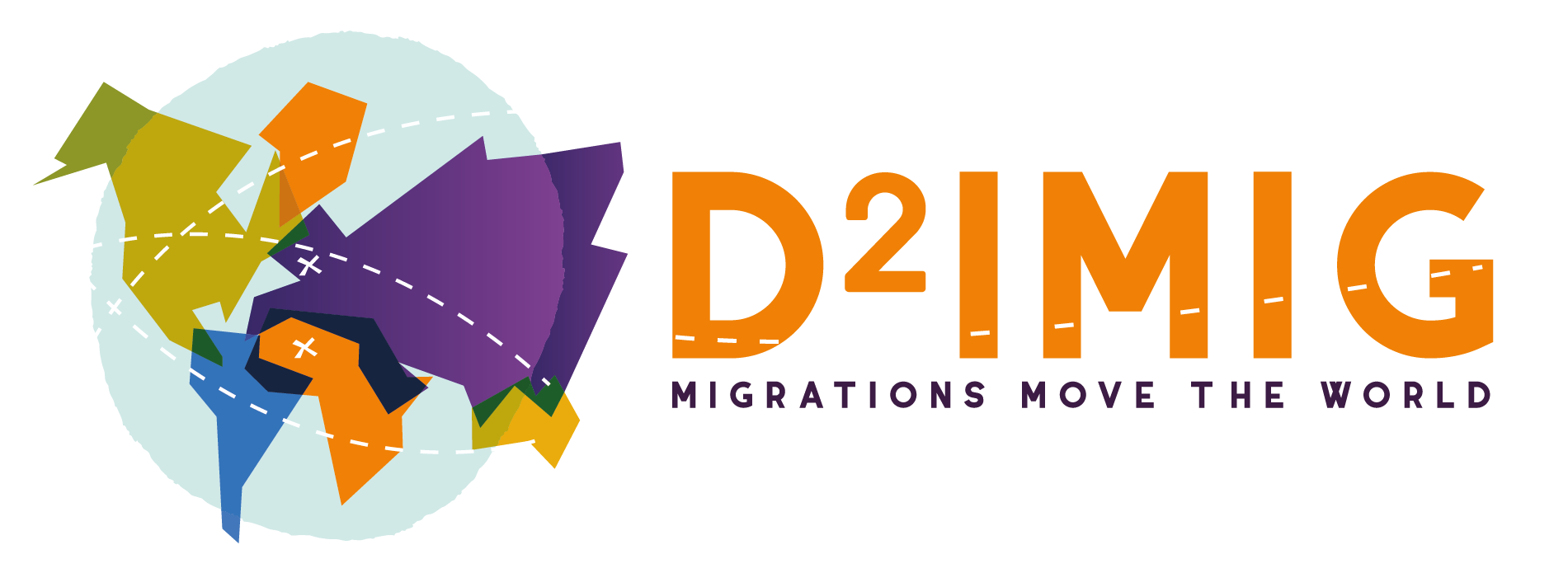Innanzitutto, fai attenzione al vocabolario che viene usato per parlare di migrazione, in particolar modo al campo lessicale relativo all’idraulica: “blocco”, “flusso”, “straripare”; questo processo lessicale deumanizza
e dà la falsa impressione di un attacco ‘alieno’. Aiuta inoltre a giustificare il concetto errato di “grande sostituzione”. Soprattutto, ci scordiamo che la maggior parte delle migrazioni sono migrazioni legali e rispondono
a dei principi fondamentali (come il diritto di vivere con la famiglia) o a dei trattati internazionali (come il diritto di asilo, la libertà di movimento degli Europei o i diritti del bambino).
Chiudere i confini è, nel migliore dei casi un’illusione, nel peggiore una menzogna elettorale pensata per far credere alle persone che i mali sociali ed economici dipendono dagli stranieri e che, di conseguenza, impedire
a tutte le persone straniere di entrare nel Paese risolverà magicamente la crisi economica e la disoccupazione di massa. Ci sono inoltre degli esempi che mostrano come la chiusura dei confini non previene gli arrivi,
e che l’apertura, al contrario, non porta ad arrivi di massa. Nonostante la costruzione di un muro al confine tra Stati Uniti e Messico, i migranti messicani continuano comunque ad attraversare il confine a loro rischio,
e finiscono per stabilirsi negli Stati Uniti con la propria famiglia.
Al contrario, quando l’Unione europea si è aperta ai Paesi dell’Europa orientale (aprendo quindi il confine tra Europa orientale ed Europa occidentale), ci aspettavamo una grande migrazione degli Europei dell’Est verso
Ovest. Alla fine questa migrazione fu molto più modesta e ridotta di quanto atteso.
Allo stesso modo, si potrebbe sostenere che chiudere i confini incoraggi le persone a rimanere all’interno del Paese che sono riusciti a raggiungere, mentre aprirli incoraggerebbe una maggiore fluidità grazie ai flussi
di andata e di ritorno dai Paesi di origine. Sicuramente, l’apertura, persino l’apertura relativa, tende a far assestare i migranti in movimenti migratori e in un dinamismo economico, mentre la chiusura li fa stabilire
nei Paesi di accoglienza e nella precarietà. Le persone vengono a lavorare, ad avere una relazione romantica, a scoprire il mondo, a studiare o per lasciare il loro Paese ma nel momento in cui la situazione nel loro Paese
migliora, è probabile che tornino nel loro Paese di origine.


